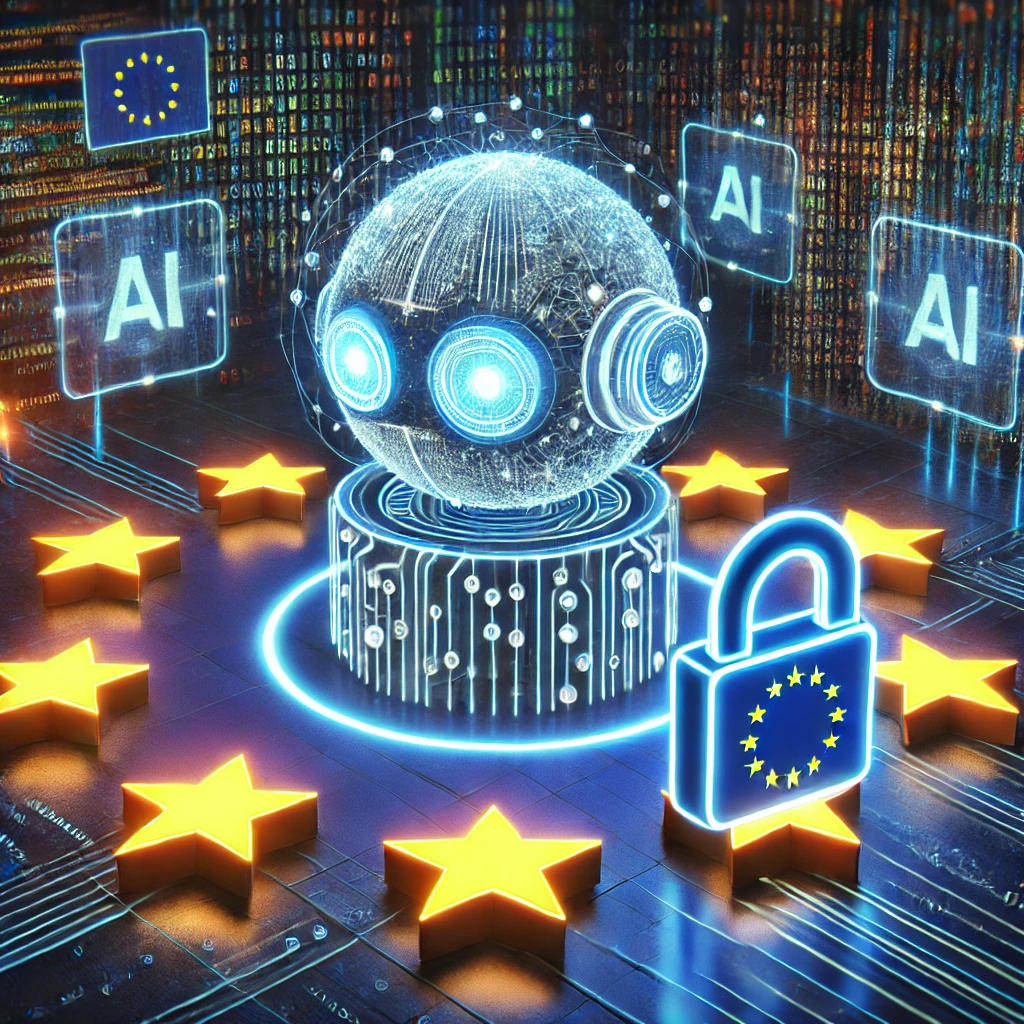Cyber Law at Montenegro
Montenegro has developed a comprehensive cyber law framework encompassing cybercrime, data protection, and cybersecurity. Here's an overview of the key legal provisions and institutional structures:
⚖️ Cybercrime Legislation
Montenegro's Criminal Code (Official Gazette Nos. 70/2003, 13/2004, 3/2020) outlines offenses related to computer systems and data:
Article 349: Damaging computer data and programs.
Article 350: Computer sabotage.
Article 351: Producing and entering computer viruses.
Article 352: Computer fraud.
Article 353: Unauthorized use of computers and computer networks.
Article 354: Disturbing electronic processing, data transfer, and computer network functioning.
Penalties range from fines to imprisonment, depending on the severity of the offense.
🛡️ Data Protection
Montenegro's Personal Data Protection Law aligns with the EU's General Data Protection Regulation (GDPR), The Agency for Personal Data Protection and Free Access to Information oversees compliance and enforcement
🔐 Cybersecurity Framework
Montenegro's cybersecurity legal framework include:
Law on Information Security (Official Gazette Nos. 14/2010, 40/2016, 74/2020) Defines information security measures and user obligation.
Computer Incident Response Team (CIRT) Monitors and responds to cybersecurity incident.
Cybersecurity Agency Established in 2024 to oversee national cybersecurity effort.
⚠️ Recent Developments
In 2022, Montenegro experienced a significant cyberattack affecting government digital infrastructur. In response, the government proposed a new cybersecurity law to enhance resilience and align with EU standard.
🏛️ Enforcement and Institutional Capacity
While Montenegro has established legal frameworks, challenges remain in enforcement due to limited resources and experties,Efforts are ongoing to strengthen institutional capacity and public awareness regarding cybersecurity and data protection.
📌 Summary
Montenegro's cyber law landscape is evolving, with comprehensive legal provisions addressing cybercrime, data protection, and cybersecurity. Ongoing efforts aim to enhance institutional capacity and align with international standards to address emerging digital threats effectivly.


















0 comments